There's something I don't understand: I computes the spectral density of a signal (by computing its FFT) and that seems to work correctly but it keeps having some kind of background noise, although I'm doing it on a perfect sine wave with 2 frequencies (10 and 30Hz) that I generate myself.
Of course, the noise isn't really too annoying, because it is only visible with a logarithmic scale, but even, where does it come from ? Is that normal ? Do I have a bug in my signal, or anywhere ?
